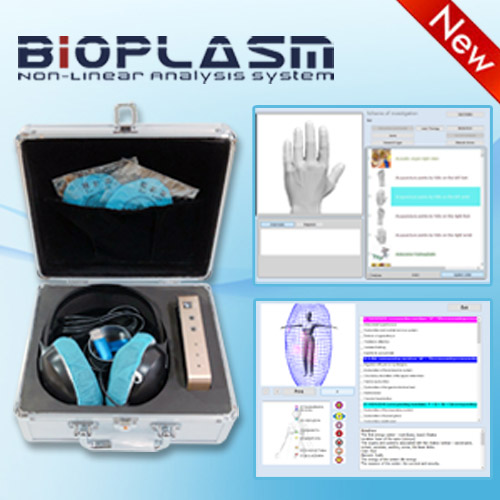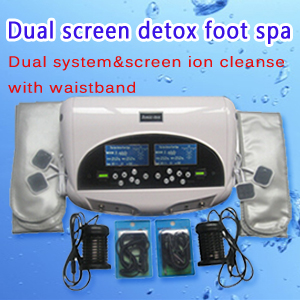What are rheumatoid arthritis treatment options?
There is no known cure for rheumatoid arthritis. To date, the goal of treatment in rheumatoid arthritis is to reduce joint inflammation and pain, maximize joint function, and prevent joint destruction and deformity. Early medical intervention has been shown to be important in improving outcomes. Aggressive management can improve function, stop damage to joints as monitored on X-rays, and prevent work disability. Optimal RA treatment involves a combination of medications, rest, joint-strengthening exercises, joint protection, and patient (and family) education. Treatment is customized according to many factors such as disease activity, types of joints involved, general health, age, and patient occupation. RA treatment is most successful when there is close cooperation between the health care professional, patient, and family members.
Two classes of medications are used in treating rheumatoid arthritis: fast-acting "first-line drugs" and slow-acting "second-line drugs" (also referred to as disease-modifying antirheumatic drugs or DMARDs). The first-line drugs, such as aspirin and cortisone (corticosteroids [Rayos, Celestone, Depo-Medrol, Kenalog]), are used to reduce pain and inflammation. The slow-acting second-line drugs, such as methotrexate (Rheumatrex, Trexall, Otrexup, Rasuvo) and hydroxychloroquine (Plaquenil), promote disease remission and prevent progressive joint destruction.
The degree of destructiveness of rheumatoid arthritis varies among affected individuals. Those with uncommon, less destructive forms of the disease or disease that has quieted after many years of activity ("burned out" rheumatoid arthritis) can be managed with rest plus pain control and anti-inflammatory medications alone. In general, however, function is improved and disability and joint destruction are minimized when the condition is treated earlier with second-line drugs (disease-modifying antirheumatic drugs), even within months of the diagnosis. Most people require more aggressive second-line drugs, such as methotrexate, in addition to anti-inflammatory agents. Sometimes these second-line drugs are used in combination.
The areas of the body other than the joints that are affected by rheumatoid inflammation are treated individually. Sjögren's syndrome can be helped by artificial tears and humidifying rooms in the home or office. Medicated eyedrops, cyclosporine ophthalmic drops (Restasis), are also available to help the dry eyes in those affected. Regular eye checkups and early antibiotic treatment for infection of the eyes are important. Inflammation of the tendons (tendinitis), bursae (bursitis), and rheumatoid nodules can be injected with cortisone. Inflammation of the lining of the heart and/or lungs may require high doses of oral cortisone.
In some cases with severe joint deformity, surgery may be recommended to restore joint mobility or repair damaged joints. Doctors who specialize in joint surgery are orthopedic surgeons. The types of joint surgery range from arthroscopy to partial and complete replacement of the joint. Arthroscopy is a surgical technique whereby a doctor inserts a tube-like instrument into the joint to see and repair abnormal tissues.
Total joint replacement is a surgical procedure whereby a destroyed joint is replaced with artificial materials. For example, the small joints of the hand can be replaced with plastic material. Large joints, such as the hips or knees, are replaced with metals.
This article is provide from [Metatron 4025 hunter],please indicate the source address reprinted:http://www.healthycarer.com/news/other/1571.html






